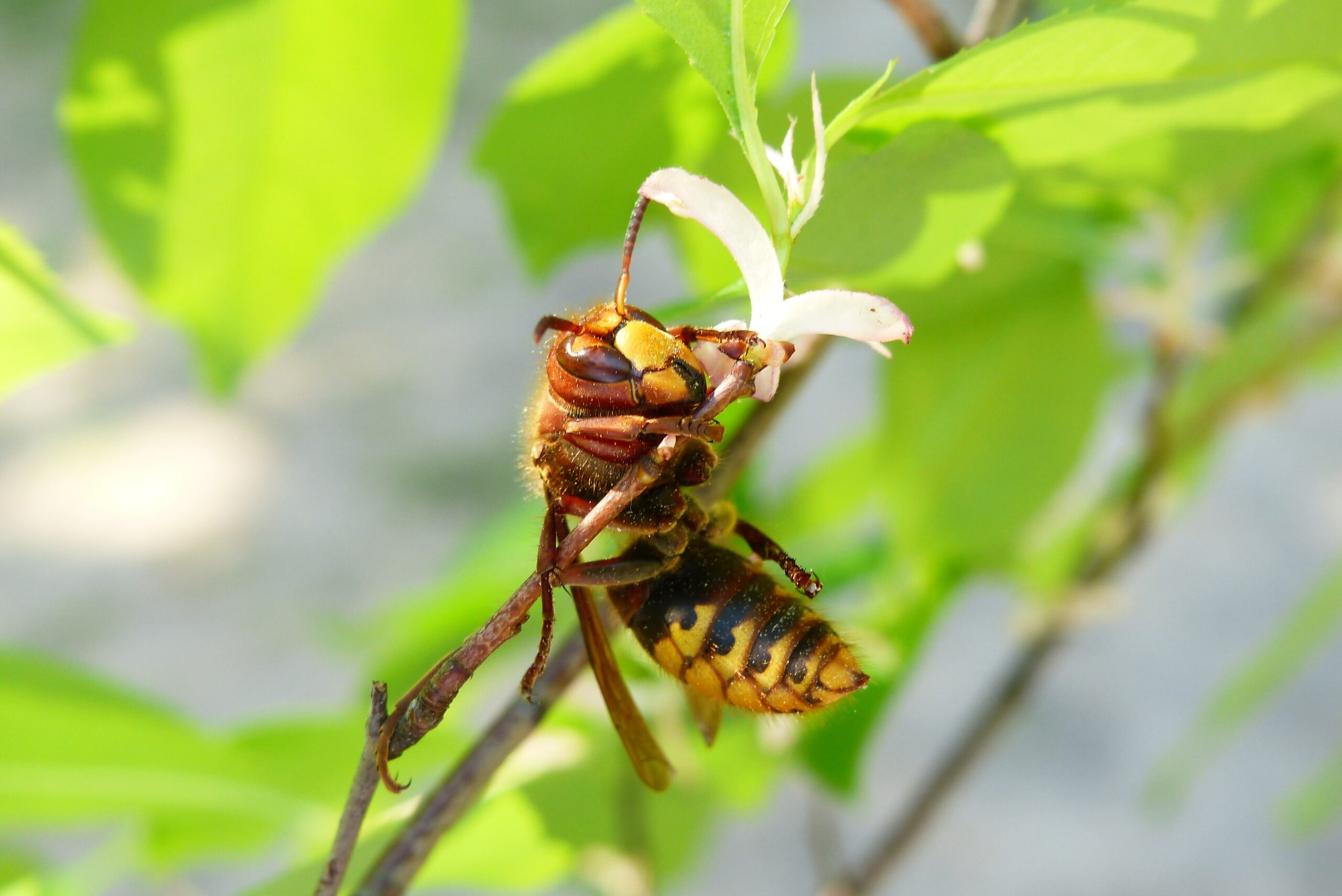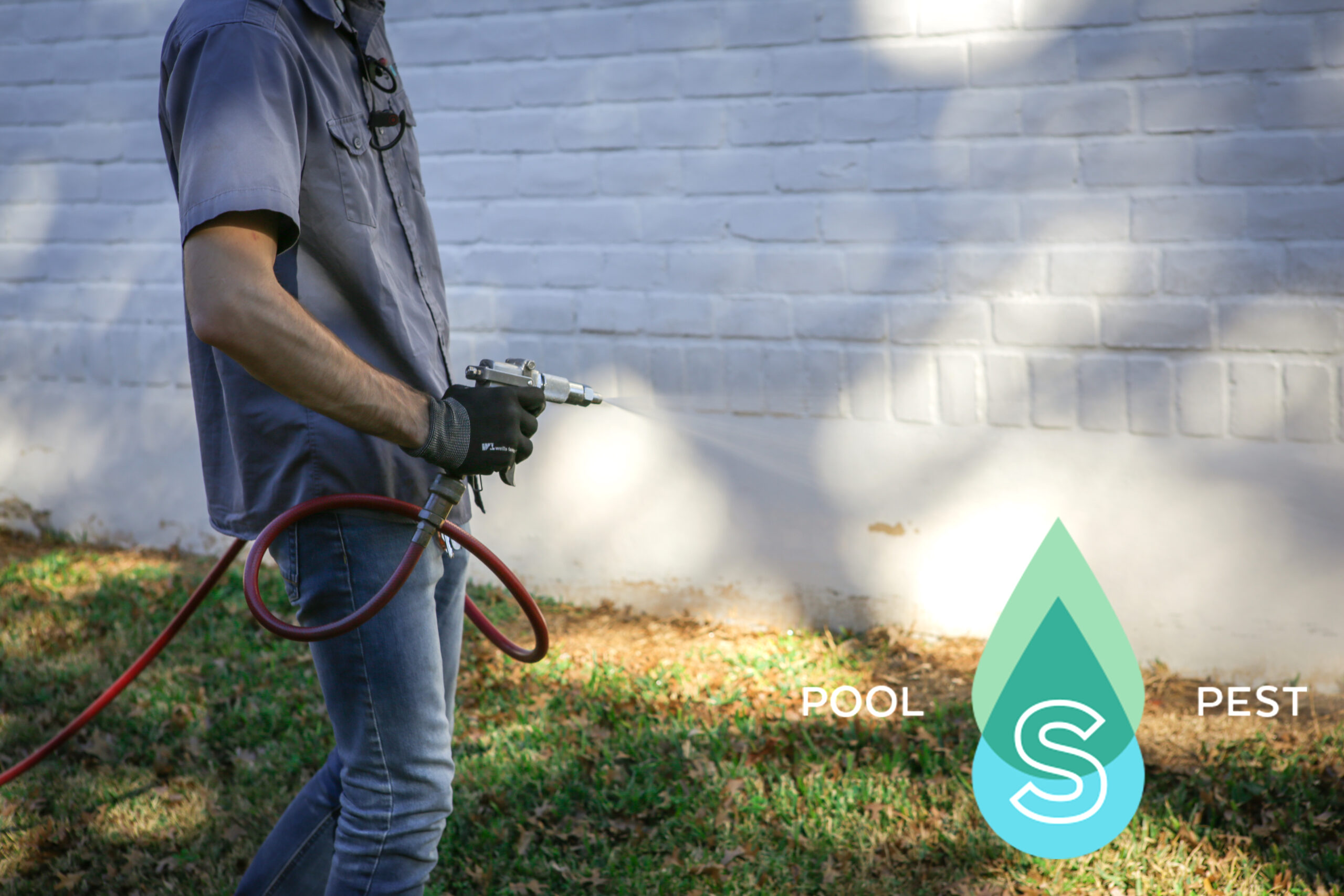Do you have a wasp or hornet problem?
If you have wasps or hornets buzzing around your home, it can be a real nuisance. Not only are they annoying, but they can also be dangerous, especially if you have young children or pets. Read on to find out how to get a handle on wasp control.
What are wasps and hornets?
Wasp and
Wasp or hornet?
So, how can you tell if the insect that stung you was a wasp or
If you’re not sure what kind of insect stung you, it’s important to watch for signs of a severe reaction. These include difficulty breathing, swelling of the face or throat, and dizziness or lightheadedness. If you experience any of these symptoms, seek medical attention immediately.
The difference between wasps and hornets
There’s often a lot of confusion about the difference between wasps and hornets. Both are flying, stinging insects that can be a nuisance (or even dangerous) to humans. But there are some key distinctions between the two.
Wasps are generally smaller than hornets and have thinner bodies. They’re also more likely to be brightly coloured (yellow or red), while hornets tend to be darker (brown or black). Wasps also have longer legs, which they use to catch prey.
Hornets, on the other hand, are much more aggressive than wasps. They’re also bigger, with thicker bodies and shorter legs. Hornets will attack humans if they feel threatened, whereas wasps will only sting if they’re provoked.
So, if you’ve got a problem with flying, stinging insects, it’s important to figure out whether you’re dealing with wasps or hornets. Once you know that, you can take the appropriate steps to get rid of them!
How to get rid of wasps and hornets
If you have a wasp or
If you have a wasp nest on your property, you can try to remove it yourself or hire a professional to take steps to perform
If you see wasps or hornets around your home, try to keep your doors and windows closed as much as possible. You can also try to trap them by placing an open container of sweetened water outside. The wasps or hornets will
Make your life Simpl today!
If you find yourself with a wasp or


